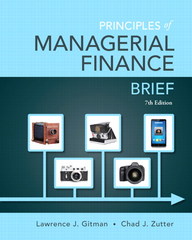Answered step by step
Verified Expert Solution
Question
1 Approved Answer
Suppose you don't have the $ 3 , 0 0 0 but need it at the end of 1 year. You plan to make a
Suppose you don't have the $ but need it at the end of year. You plan to make a series of deposits annually for A semiannually for B quarterly for C monthly for D and daily for E with payments beginning today. How large must the payments be to each bank? Round your answers to the nearest cent.
Even if the five,banks provided the same effective annual rate, would a rational investor be indifferent between the banks?
It is more likely that an investor would prefer the bank that compounded more frequently.
I. Suppose you borrow $ The interest rate is and it requires equal endofyear payments. Set up an amortization schedule that shows the annual payments, interest payments, principal repayments, and beginning and ending loan balances. Round your answers to the nearest cent. If your answer is zero, enter
Choose the correct graph that shows how the payments are divided between interest and principal repayment over time.

Step by Step Solution
There are 3 Steps involved in it
Step: 1

Get Instant Access to Expert-Tailored Solutions
See step-by-step solutions with expert insights and AI powered tools for academic success
Step: 2

Step: 3

Ace Your Homework with AI
Get the answers you need in no time with our AI-driven, step-by-step assistance
Get Started


